Last Updated on March 17, 2022
If you live in the northern hemisphere of the world then you are probably used to cold weather. This coldness can have an effect on your ability to start up your vehicle for a variety of reasons.
For one thing, car batteries have trouble producing an electrical current in colder weather. On top of that, the oil inside your engine will become thicker and if your fuel lines have water in them, ice may form and block the fuel from flowing properly.
Fortunately, there are certain things you can do to reduce the chances of these problems from happening in cold weather.
Related: Can Gasoline Freeze?
Top 5 Tips to Get Your Car to Start in Cold Weather
Here are a few tips that will help you properly start your vehicle while the temperature of its surrounding environment is cold.
#1 – Use the Proper Oil
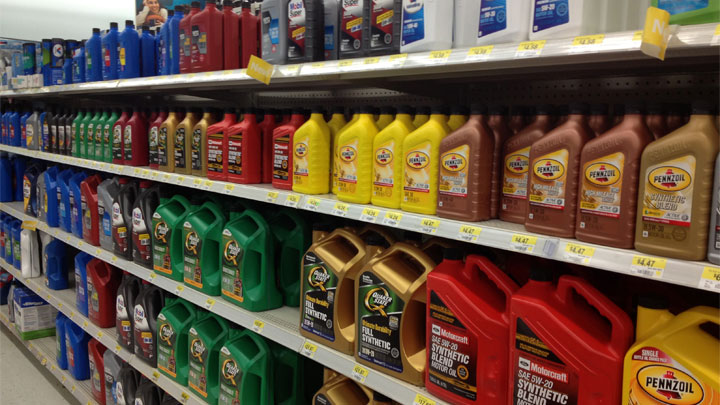
As you probably know, there are different types of oils for vehicles. Check your owner’s manual and see which type of oil your car is supposed to take. Most oil types are identified with two numbers, such as 10W-40 or 5W-20. For colder climates, you typically want the first number to start with a 0, 5, or 10. But make sure to double check the manual just to make sure.
See Also: Where’s the Cheapest Place to Buy Motor Oil?
#2 – Park Car in Garage
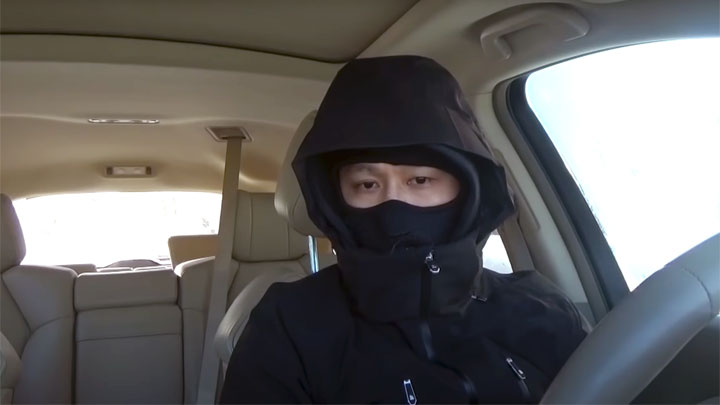
If you park your car inside a garage while its cold outside, you will be keeping it warm and will prevent any problems with your oil or battery. If there is no garage available, the next place to park is near a large object like a big tree or carport. This will slightly act as a source of insulation and block wind to make it just a bit warmer for the vehicle.
#3 – Turn Off Accessories at Startup
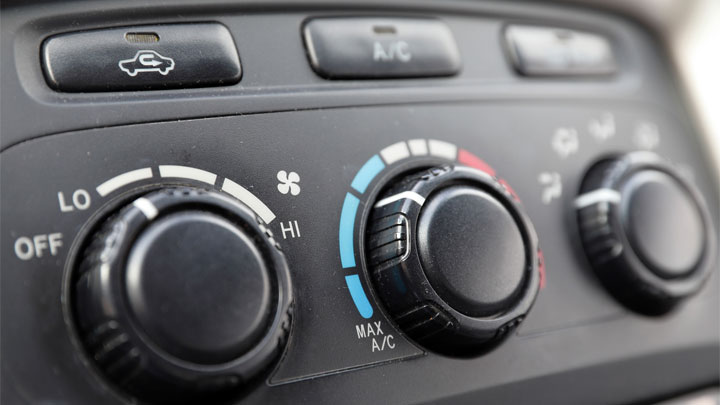
When you turn the key in the ignition, you’ll want the power of your battery to be conserved as much as possible so that you can turn over the engine. To help do this, turn off the defroster, heater, headlights, and any other electrical accessories that you may have left on.
#4 – Crank the Engine (Again)
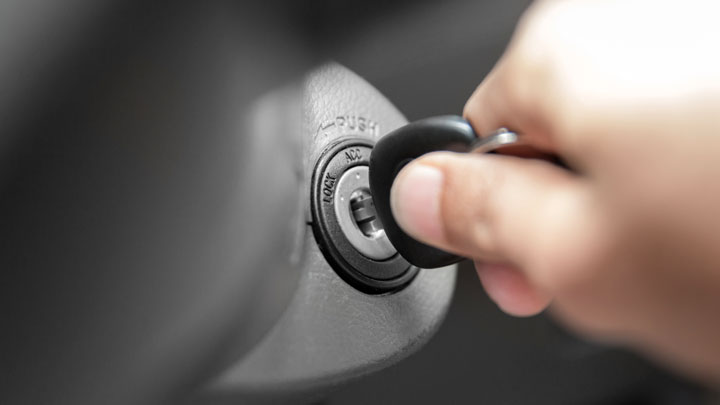
If you turn the key in the ignition and the engine doesn’t turn over, try turning the key again for a couple of seconds more. Sometimes it simply takes more than one attempt.
Don’t do this for longer than five seconds because it could overheat the starter motor. Just wait for about 60 seconds and then try again for a few seconds more. This tends to help it start up in the cold.
See Also: Battery Keeps Dying? (Here’s Why)
#5 – Jump Start
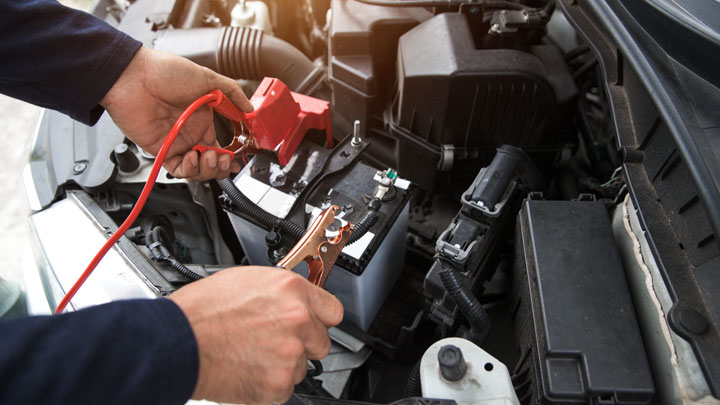
Sometimes your car may just need a jump start to get going in the cold weather. If there is another available car around that works properly, take some battery cables and connect them to the batteries of both cars. Or simply use a portable jump starter if you have one in your car.
You should also use one of these jump methods if the engine starts up slowly too.
Following these tips will certainly help get you through those cold winter months with fewer car troubles. Of course, if your car is repeatedly having problems starting up, there may be something else going on internally such as a bad battery or alternator so keep that in mind as well.


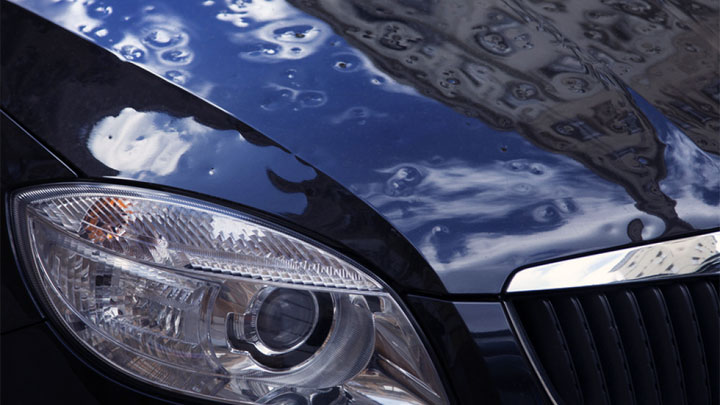
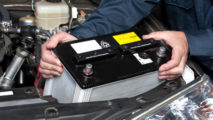

Some time ago, my now deceased husband used a device to put into the car’s engine to keep the oil warm, I think. The car would start up on freezing cold winter days when it was parked outside. Can anyone tell me if this device or something like it is available now a days.
They’re not as common as they used to be, but an engine block heater is what you’re referring to. Here’s a good article on them: https://www.lifewire.com/car-block-heater-frozen-north-534833